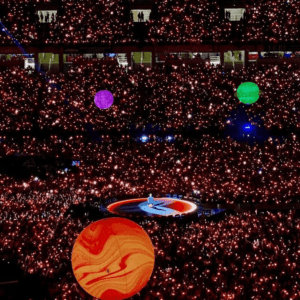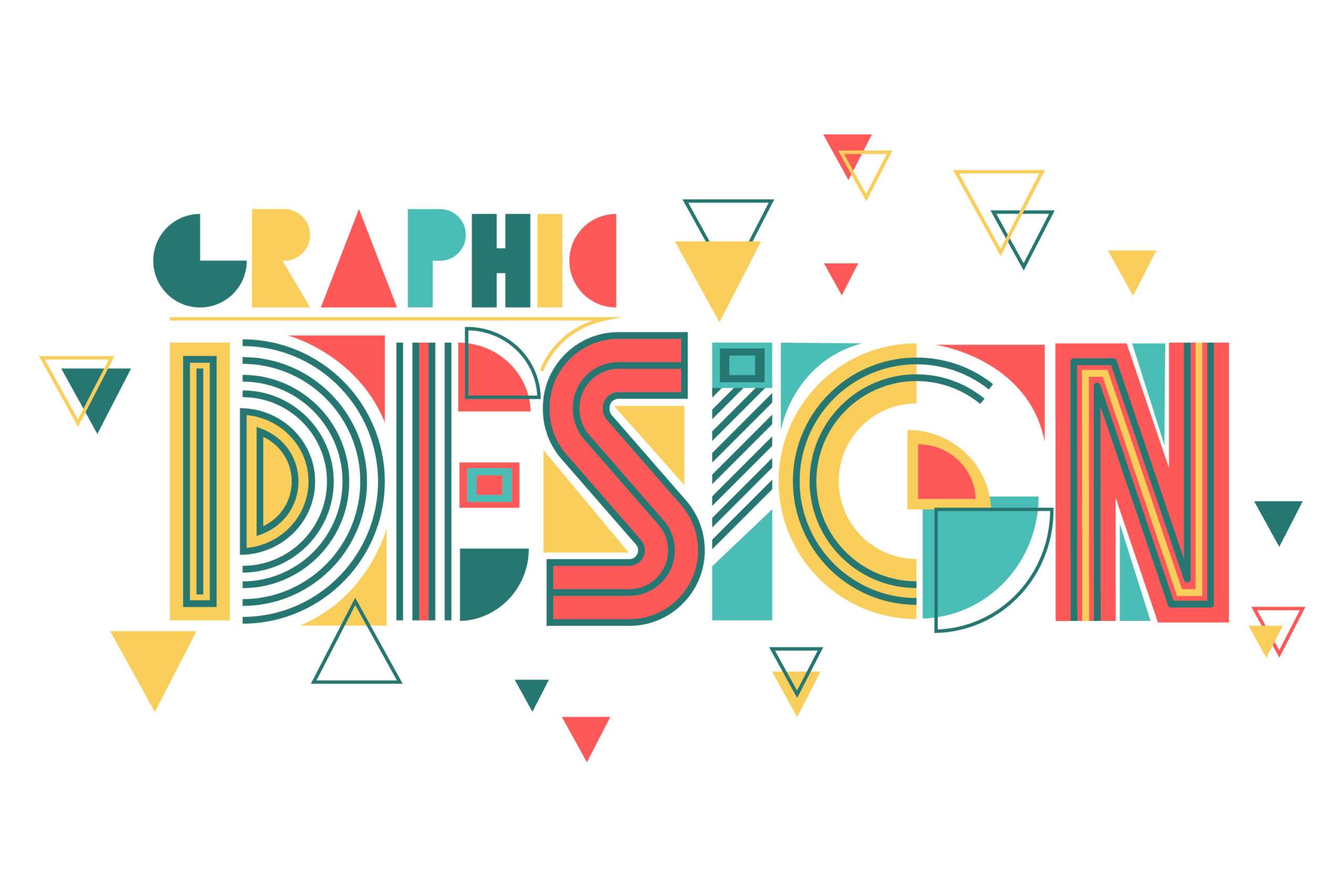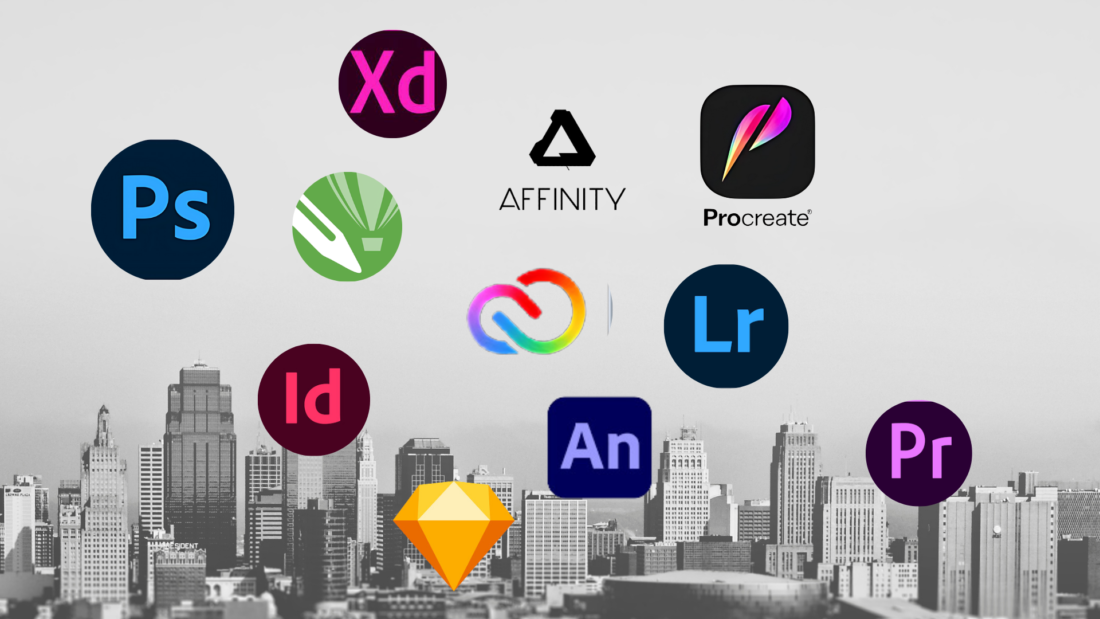Adobe Illustrator’s Groundbreaking AI Feature 2025: Redefining the Graphic Design Landscape
Adobe Illustrator has long been the go-to software for graphic designers, consistently setting the standard for creativity and innovation. In 2025, Adobe takes it a step further with the introduction of its groundbreaking AI feature that promises to revolutionize the way we approach design. This latest feature combines the power of artificial intelligence with Adobe’s legendary design tools, offering designers unprecedented efficiency and creativity.
In this blog, we’ll explore how Adobe Illustrator’s new AI feature impacts the graphic design industry, empowering designers with tools that are not only smarter but also more intuitive.

Adobe Illustrator 2025: Introducing Next-Gen AI for Design
The new Adobe Illustrator AI feature in 2025 introduces a suite of intelligent tools designed to assist designers by automating routine tasks, making creative suggestions, and speeding up workflows. This isn’t just another incremental update—it’s a game-changing innovation that brings a blend of machine learning and automation directly into the creative process.
AI-Powered Automation
Adobe Illustrator’s 2025 update harnesses AI to automate time-consuming tasks like object alignment, vector adjustments, and color corrections. Designers can now focus on the more artistic aspects of their projects, while AI takes care of repetitive tasks with pinpoint accuracy. This means faster project completion and increased efficiency, allowing designers to handle more clients or spend more time refining their vision.
Intelligent Design Suggestions
The AI engine learns from your design patterns and offers real-time creative suggestions—from color palettes to typography pairings, and even layout adjustments. This smart tool not only helps save time but also unlocks new creative potential, offering alternatives that designers may not have initially considered.
AI-Enhanced Collaboration
In the world of remote work and global teams, collaboration is crucial. The AI feature in Adobe Illustrator 2025 integrates seamlessly with cloud-based collaboration tools, allowing multiple designers to work on the same project in real-time. The AI helps maintain consistency across different versions, making collaboration smoother, faster, and more efficient.
How AI is Transforming the Graphic Design Industry
Artificial intelligence is no longer just a futuristic concept—it’s here and it’s reshaping the graphic design industry. With the 2025 update, Adobe Illustrator brings AI to the forefront, providing designers with tools that are both powerful and accessible.
But how does this affect the wider graphic design landscape?
Boosting Creativity with AI
One of the most exciting aspects of AI in design is its ability to augment creativity. Adobe Illustrator’s new feature doesn’t just automate—it actively suggests new design directions based on your input. For instance, it can propose unexpected layouts, color schemes, or typographical adjustments that align with modern design trends. Rather than replacing human creativity, AI becomes a collaborator, offering fresh perspectives that push the boundaries of conventional design.
Speeding Up the Design Process
Efficiency is key in a fast-paced industry like graphic design. The AI feature in Adobe Illustrator automates repetitive tasks such as adjusting anchor points, aligning objects, and perfecting gradients. This level of automation dramatically reduces the time spent on routine processes, enabling designers to complete projects faster without sacrificing quality.
This increased productivity allows design agencies to take on more projects, freelancers to enhance their output, and in-house teams to deliver results under tighter deadlines, giving everyone a competitive edge.
Democratizing Graphic Design
Traditionally, mastering tools like Adobe Illustrator required years of experience. But with AI’s intuitive suggestions and automation, even those new to design can create professional-grade work. By lowering the technical barrier, Adobe Illustrator 2025 opens up opportunities for aspiring designers and small businesses, allowing them to produce high-quality designs without needing advanced technical knowledge.
This democratization of design will likely result in more diverse and innovative visual content, as more people from various backgrounds contribute to the industry.
Challenges and Considerations of AI in Graphic Design
While AI is transforming graphic design for the better, it also presents certain challenges. Some critics argue that as AI becomes more prevalent, it could lead to a homogenization of designs, where everyone relies on the same AI-generated suggestions, resulting in a lack of originality.
Maintaining Human Creativity
There’s no denying that AI can assist with design, but it’s important to remember that creativity remains a uniquely human trait. While AI can offer valuable suggestions, designers must still rely on their instincts, personal experience, and artistic flair to create standout work. Finding a balance between using AI tools and preserving the authenticity of human creativity will be key moving forward.
The Risk of Over-Reliance on AI
As AI tools become more sophisticated, there’s a risk that designers—especially newer ones—may become overly dependent on them, leading to a lack of deeper skill development. While AI can speed up processes, it’s essential for designers to continue learning the fundamentals of design and creative problem-solving, ensuring they remain adaptable and relevant in an ever-evolving industry.
The Future of AI in Graphic Design: A Collaborative Approach
Looking ahead, AI will continue to evolve, becoming a permanent fixture in the world of design. Adobe’s investment in AI is just the beginning, and we can expect to see even more sophisticated AI-powered tools in the future.
AI as a Creative Partner
Rather than viewing AI as a replacement for designers, it’s best to see it as a creative partner—a tool that augments human creativity, helps overcome technical barriers, and unlocks new possibilities. Designers who embrace this collaborative approach will find themselves at the cutting edge of the industry, armed with the tools to push their creative limits further than ever before.
Expanding Design Possibilities
As AI becomes more integrated into software like Adobe Illustrator, the potential for new forms of design will continue to grow. We’re already seeing AI-generated artwork, typography, and even 3D modeling. The future may hold entirely new forms of visual expression, where human creativity and AI-generated content blend seamlessly to create original, dynamic, and personalized designs.
Conclusion:
Embracing the AI Revolution
Adobe Illustrator’s 2025 AI feature is a bold step forward, offering designers powerful tools to automate tedious tasks, generate creative ideas, and improve collaboration. While AI brings challenges, it’s clear that its benefits far outweigh the concerns. By embracing this revolution, designers can expect to enhance their productivity, creativity, and competitiveness in the years ahead.
The future of graphic design lies in the harmonious balance between human artistry and AI efficiency—and with Adobe Illustrator’s new AI tool, that future has never looked brighter.
Frequently Asked Questions (FAQs)
1. What is the new AI feature in Adobe Illustrator 2025?
The AI feature automates routine tasks, provides real-time design suggestions, and improves collaboration by enhancing workflow efficiency.
2. How will AI affect the graphic design industry?
AI in Adobe Illustrator 2025 will enhance creativity, improve productivity, and make advanced design tools accessible to more people, transforming how designers work.
3. Can AI replace designers?
No, AI cannot replace designers. It enhances their work by automating repetitive tasks and offering creative suggestions, but human creativity remains irreplaceable.
4. How does AI in Adobe Illustrator boost creativity?
The AI tool offers smart suggestions for layouts, colors, and typography based on design trends, allowing designers to explore new creative ideas faster.
5. Will AI in Adobe Illustrator make design easier for beginners?
Yes, AI’s intuitive design suggestions and automation lower the learning curve, allowing beginners to produce professional-quality designs with less technical knowledge.
6. Is AI the future of design?
Yes, AI is poised to become a central part of design tools, helping designers work smarter, faster, and more creatively.



















 The Coldplay India Tour 2024: What to Expect
The Coldplay India Tour 2024: What to Expect






